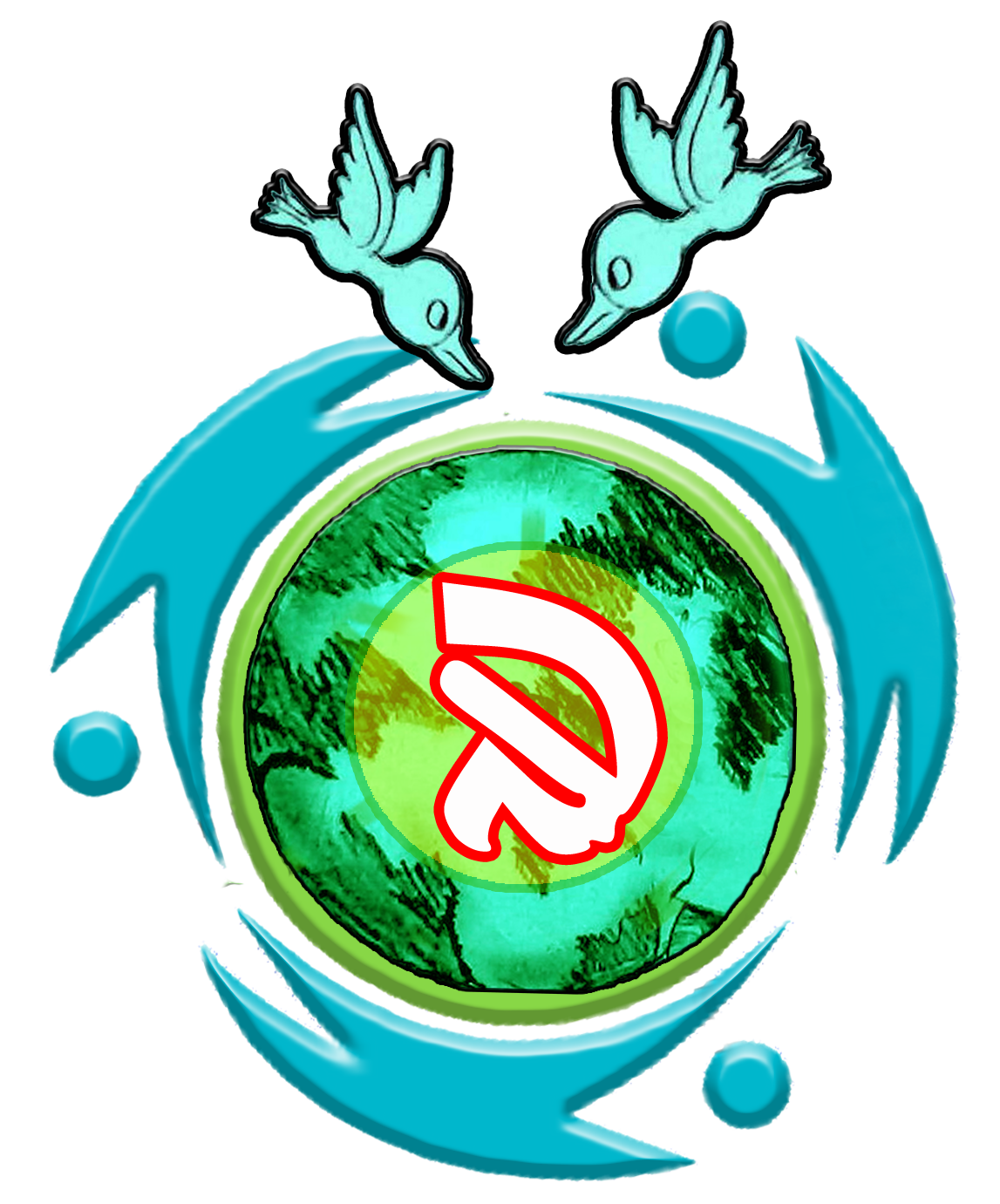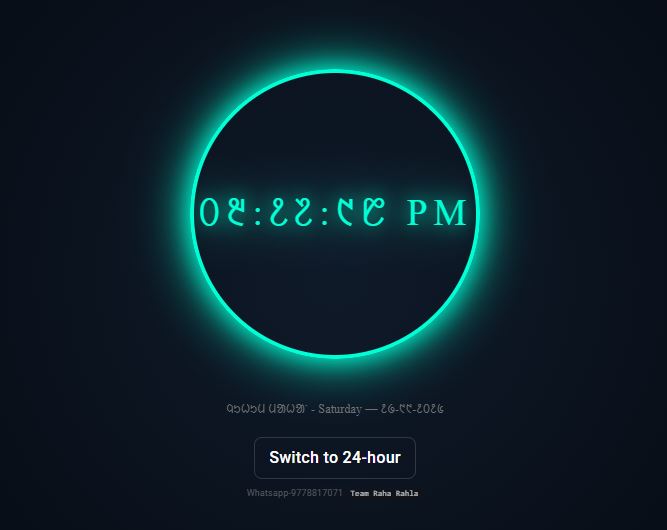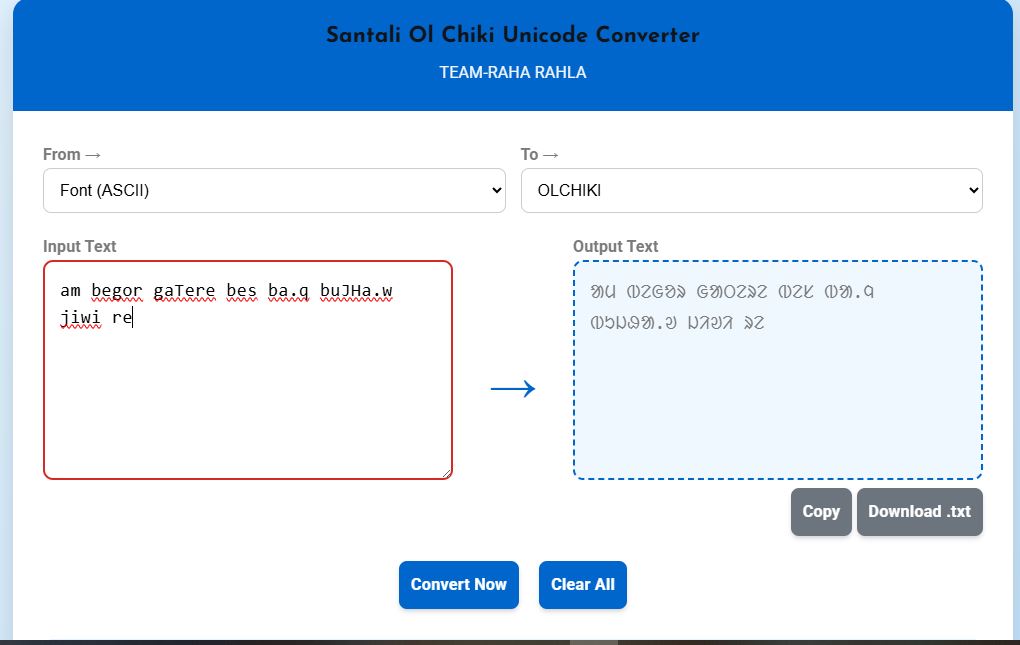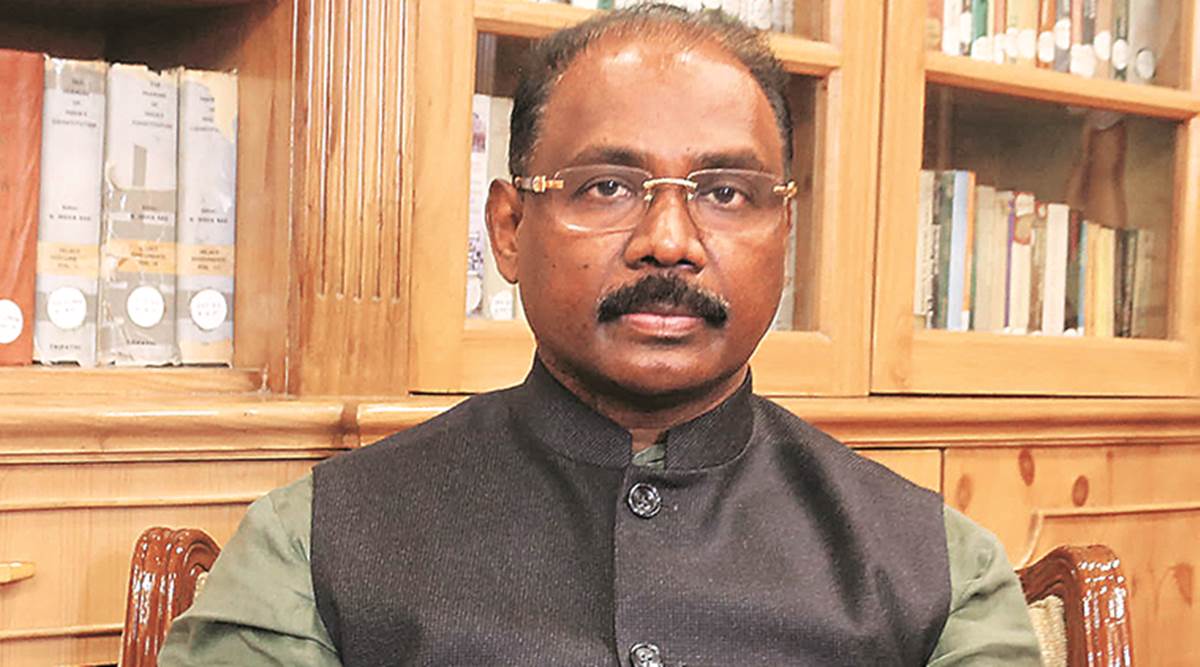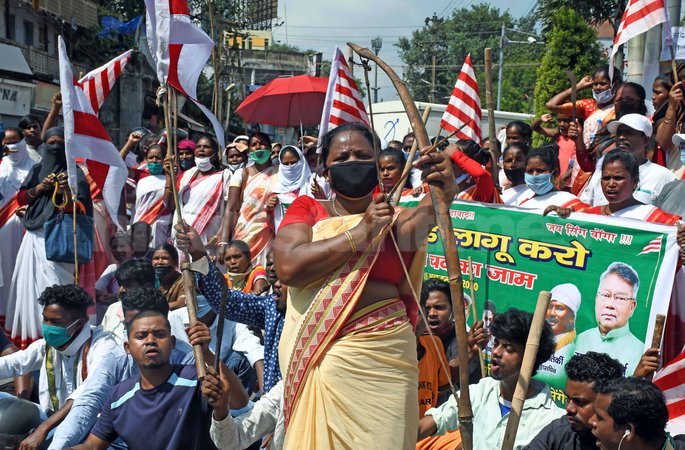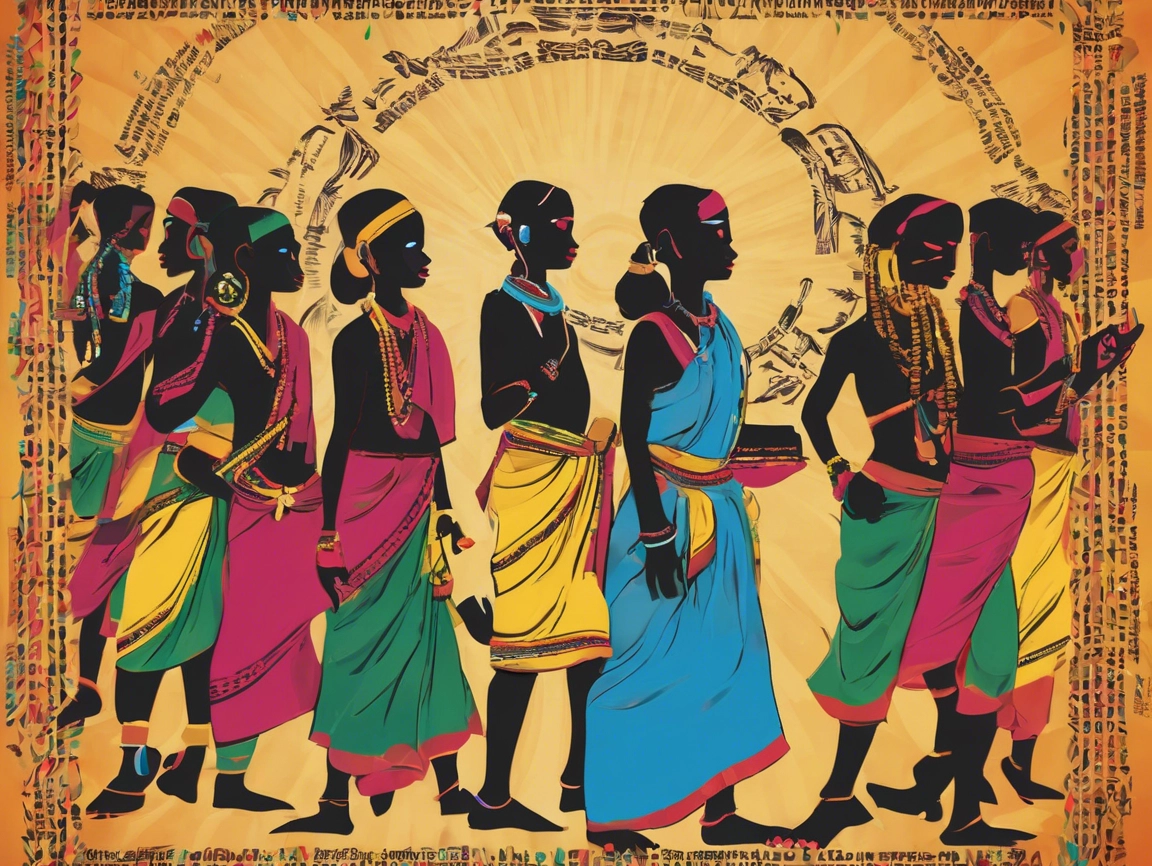
On August 2, 2025, Santali Wikipedia will mark its 7th anniversary, a significant milestone in the digital empowerment of the Santali language and its speakers. Launched on August 2, 2018, this online encyclopedia has played a crucial role in bringing the rich cultural heritage and knowledge of the Santali community into the digital realm, utilizing the unique Ol Chiki script.
A Journey of Digital Empowerment:
The journey to establish Santali Wikipedia began much earlier, with efforts in the incubator stage since 2010 and gaining momentum in 2017 through workshops and collaborations with Wikimedia Bangladesh and the Odia Wikimedians User Group. The approval from the Wikimedia Language Committee on June 28, 2018, paved the way for its official launch.
Over the past seven years, Santali Wikipedia has become a vital platform for:
- Language Preservation and Promotion: By providing a dedicated space for content in Santali using the Ol Chiki script, it actively contributes to the preservation and revitalization of the language, which is spoken by millions across India, Bangladesh, and Nepal.
- Knowledge Dissemination: It serves as an accessible educational resource, making information on diverse topics available to Santali speakers, thus promoting literacy and learning within the community. Initiatives by individuals like Ramjit Tudu, who have been instrumental in digitizing the Santali language and creating platforms like “Bir-mali” (the first Santali e-magazine), complement the efforts of Santali Wikipedia in broadening knowledge access.
- Community Empowerment: The collaborative nature of Wikipedia empowers Santali speakers to actively contribute to and take ownership of their digital presence. This fosters a sense of pride and shared responsibility in documenting and sharing their language and culture. Workshops and edit-a-thons have been regularly organized to train and encourage new contributors.
- Global Visibility: By increasing the representation of Santali on a globally recognized platform like Wikipedia, it raises awareness about the Santali community and its unique identity, potentially leading to increased recognition and opportunities.
- Addressing the Digital Divide: In a digital landscape often dominated by major languages, Santali Wikipedia helps bridge the information gap for the Santali-speaking population, ensuring they are not left behind in the digital revolution.
The 7th anniversary is not just a celebration of a website, but a testament to the persistent efforts of Santali Wikimedians and language activists who have worked tirelessly to ensure their language thrives in the digital age. It underscores the profound impact that digital initiatives can have on the empowerment and cultural assertion of indigenous communities.
